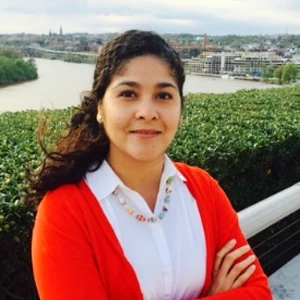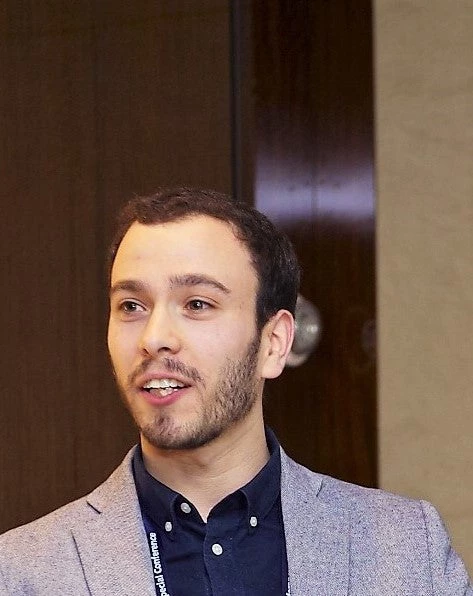 pip.worldbank.org
pip.worldbank.org
Global poverty estimates up to 2024 were updated today on the Poverty and Inequality Platform (PIP), including nowcasted estimates up to 2025. The bottom line of the update is an upward revision of the share of the global population living in extreme poverty in 2024 from 10.0 percent to 10.3 percent.
The update involves three main changes to the PIP data (see the What’s New document for more details): First, the update brings new survey data for several country-years, including new data for Nigeria, which ensures regional coverage for Sub-Saharan Africa in recent years; second, it incorporates a new methodology for estimating poverty in countries that do not have data in PIP; third, it updates the regional classification of countries in PIP to align with the World Bank’s classification as revised in July 2025.
As of 2024, 839 million people lived in extreme poverty – an upward revision of approximately 22 million people compared to the June 2025 data vintage (see Table 3 in the What’s New document). This upward revision stems primarily from an increase in the extreme poverty rate of Sub-Saharan Africa. Extreme poverty affected 46.0 percent of the population in the region in 2024 – up from 45.1 percent in the earlier version.
Based on nowcasted estimates, global extreme poverty is projected to decrease from 10.3 percent in 2024 to 10.1 percent in 2025 (see table below). Extreme poverty remains stubbornly high in Sub-Saharan Africa, and especially Eastern and Southern Africa. The region with the second-highest poverty rate (with around 1 in 8 people in extreme poverty) is the Middle East and North Africa region, which also includes Afghanistan and Pakistan as of this update.
Percentage of population living in poverty by region, 2020 – 2025

Source: Poverty and Inequality Platform (PIP)
Note: The new regional classification is used. All regional and global poverty estimates for 2025 are nowcasts. These predicted levels are highlighted in grey, which also includes region-years where there is insufficient data coverage (as defined in the What’s New). While the table shows poverty estimates at the $3.00 (2021 PPP) and $8.30 (2021 PPP) poverty lines, poverty estimates are available in PIP for any poverty line, including the $4.20 (2021 PPP) line, as well as estimates based on the previously used 2017 PPPs.
i. New & revised data: This September 2025 update brings an additional 55 country-year datapoints to the PIP database, while revising existing data for another 11 country-years. As a result, the PIP database now contains over 2,500 survey-year observations from 172 countries. With new data for Nigeria, the survey coverage in Western and Central Africa as well as all of Sub-Saharan Africa improves significantly. The inclusion of Nigeria brings the regional coverage for Western and Central Africa up to 85 percent, and the regional coverage for Sub-Saharan Africa up to 56.7 percent in 2024, greatly improving the accuracy of poverty numbers and nowcasts for the region. The new data also results in an upward revision of extreme poverty in the Western and Central Africa region from 32.8 to 35.7 percent – increasing the number of people living on less than $3 a day by 15.6 million people in that region.
ii. Predicting values in countries with missing surveys: This PIP update changes how poverty is predicted for countries that do not have a poverty estimate in PIP. This affects the regional and global numbers which include an estimate for every country in the world regardless of data availability. Countries are primarily missing because of a lack of survey data, but it could also be due to the absence of national accounts data used to extrapolate or interpolate beyond the survey years. Prior to this update, these countries were assigned the regional poverty rate. The current update predicts full welfare distributions in these countries based on a handful of variables available in all (or nearly all) economies (see What’s New for more information). This method is applied to 47 economies accounting for less than 3 percent of the global population. While the change in methodology does not have a sizeable impact on global poverty, it does result in a slight increase in the global extreme poverty rate, since the countries without data in PIP tend to be poorer than the regions to which they belong.
iii. New regional classification: This September update revises the regional classification of PIP to align with the World Bank’s standard classification. Notably the high-income countries are now included in their respective geographical regions, thus eliminating the ‘Other High Income’ category, while creating a ‘North America’ region. Following recent adjustments to the World Bank’s classification, Afghanistan and Pakistan are no longer reported as part of the South Asia region but as part of the Middle East and North Africa region, which is renamed to Middle East, North Africa, Afghanistan and Pakistan (MENAAP). This impacts poverty rates across the two regions and furthermore results in lack of survey coverage in the new MENAAP region, as there are no poverty estimates based on the international poverty lines available for Afghanistan and the latest available survey for Pakistan is from 2018. PIP’s “Further Indicators & Data” page includes a new dashboard (“Aggregates”) that compares the old and new regional classifications, and up-to-date aggregates for the old regions are also available there (for more details on how to use this dashboard, see here). The PIP Stata package provides access to the new regions by default but allows the option to use the old regions.
Figure 1: Global and regional poverty trends, 1990 – 2025
Would you like to be updated with the latest news on PIP? Register to our newsletter here.
The authors gratefully acknowledge financial support from the UK Government through the Data and Evidence for Tackling Extreme Poverty (DEEP) Research Program.








Join the Conversation